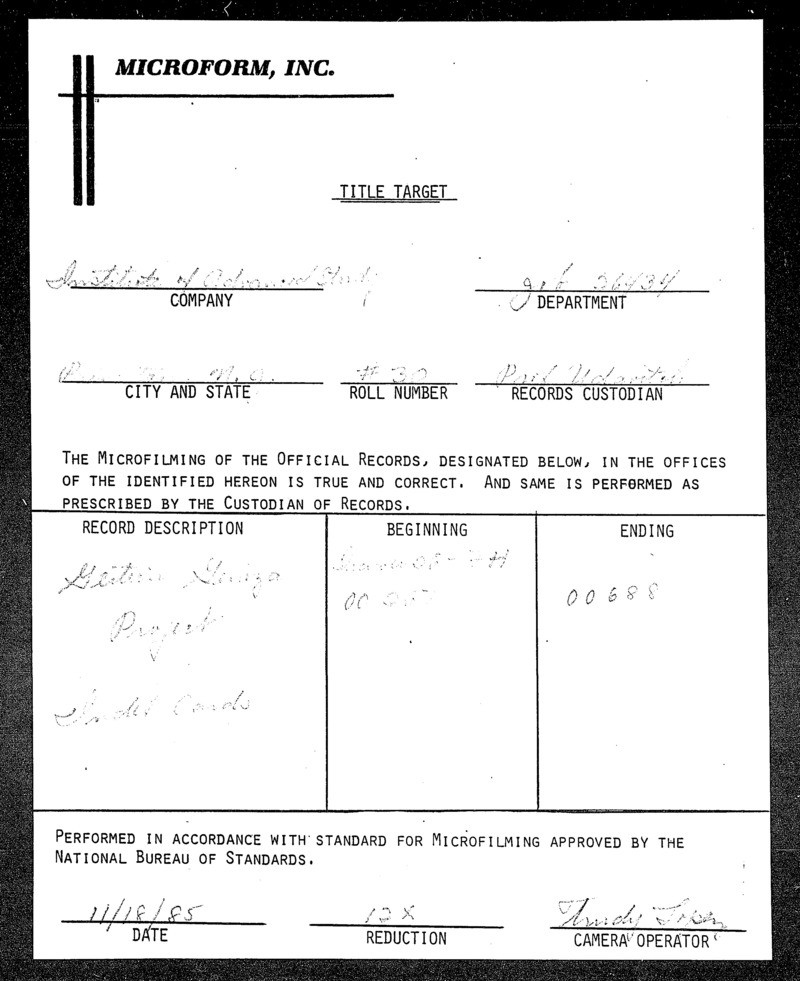At once intended as a foundationfor a systematic history of the Jews, it was deeply unsystematic; meant to be a means ofproductivity, in the end Deutsch was essentially unproductive.
An example of a zettelkasten, meant for productivity in most settings, being called unproductive in Gotthard Deutsch's case.
Of course this calls to mind the definition of productivity and from who's perspective. From Deutsch's written output perspective it may have been exceptionally low in comparison to the outputs of others like Niklas Luhmann, S.D. Goitein, or Roland Barthes. But when viewed from the perspective of a teaching instrument and influence on his students, perhaps it was monumentally productive?
